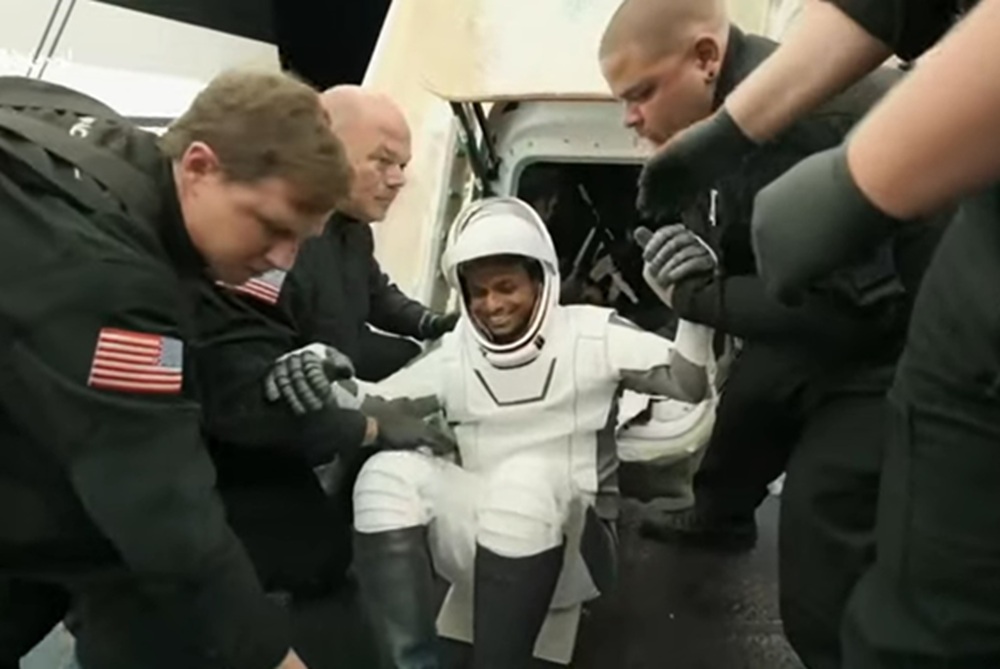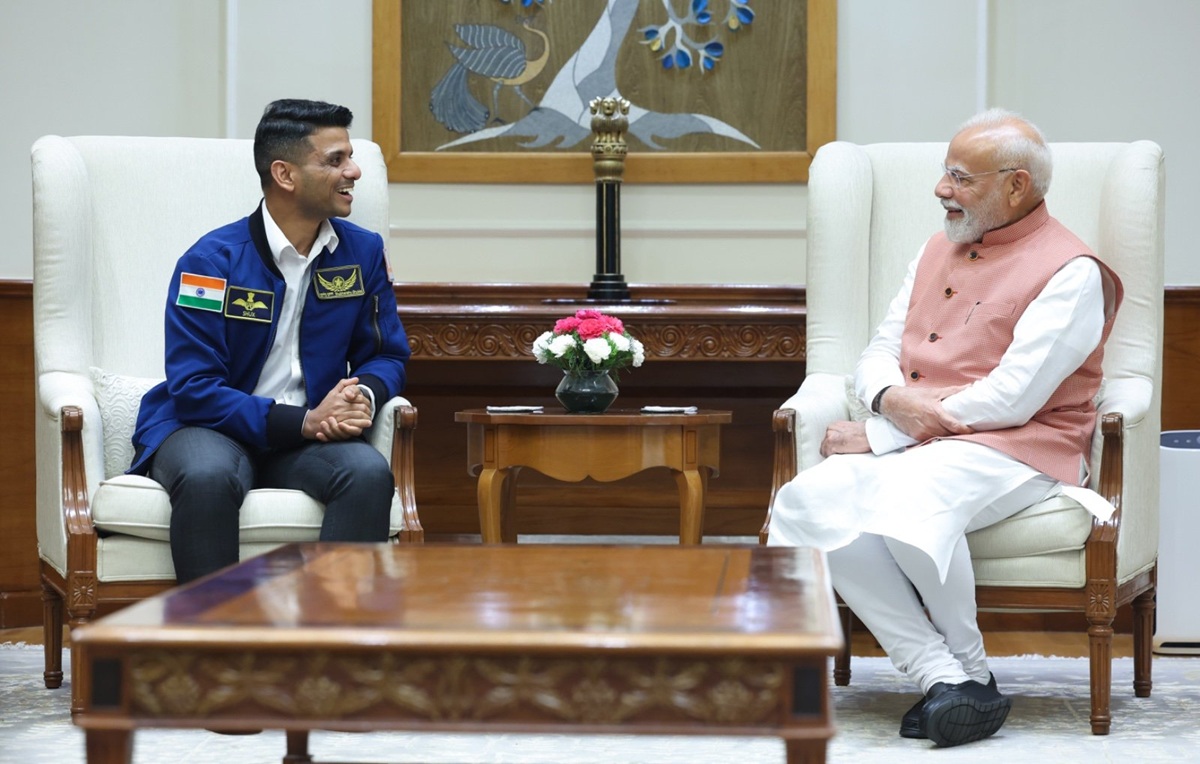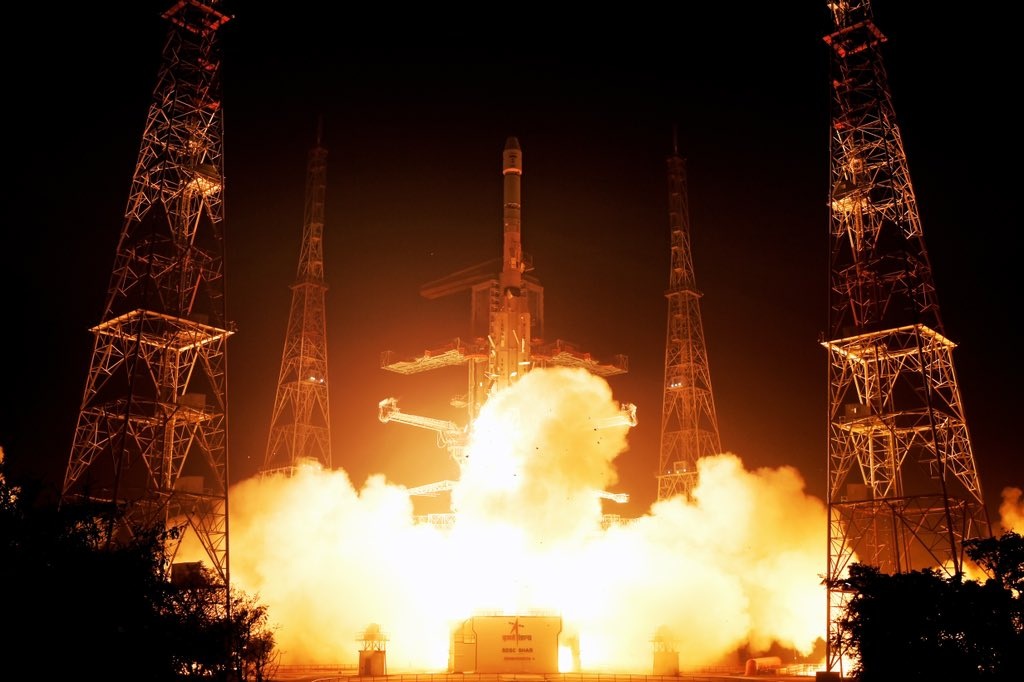The historic success of the Axiom-4 mission, culminating in the safe return of Indian Air Force Group Captain Shubhanshu Shukla—India’s Gaganyatri—marks a pivotal milestone for ISRO and the nation’s burgeoning human spaceflight ambitions. Over a groundbreaking 18-day sojourn aboard the International Space Station (ISS), Shukla’s mission has not only demonstrated India’s expanding role in international space cooperation but also provided invaluable operational and scientific experience that will directly fuel future indigenous programs like Gaganyaan and the proposed Bhartiya Antariksha Station.

A New Chapter in India’s Space Odyssey
Launched on June 25, 2025, aboard SpaceX’s Dragon spacecraft, Axiom-4 was a collaborative venture involving NASA, Axiom Space, ESA, and ISRO. Group Captain Shukhanshu Shukla’s participation showcased India’s growing prominence in human spaceflight, bridging decades of space capability with the future promise of fully indigenous missions. His presence aboard the ISS was emblematic of India’s advancements and the increasing integration of its astronauts in complex international human spaceflight operations.
The mission encompassed approximately 12 million kilometers and 282 orbits of Earth during which Shukla executed a suite of Indian-developed scientific experiments, operated alongside international crew members, and honed skills critical for sustained space presence. He returned to Earth on July 15, 2025, with the SpaceX capsule descending safely in the Pacific Ocean.
Pioneering ISRO-Led Scientific Endeavors in Microgravity

One of the mission’s core achievements was the successful execution of seven microgravity experiments conceived and coordinated by ISRO’s Human Space Flight Centre (HSFC). These experiments delved into cutting-edge research areas essential for long-duration spaceflight and future space habitat design, ranging from muscle regeneration and microbial biology to crop cultivation in space conditions. The experiments included:
- Space Microalgae: Investigating growth and radiation responses of edible algae, developed by ICGEB and BRIC-NIPGR, New Delhi.
- Myogenesis: Studying muscle regeneration dynamics under supplemented treatments by BRIC-InStem, Bengaluru.
- Sprouts: Analysis of microgravity’s impact on methi and moong growth, a collaboration between UAS and IIT Dharwad.
- Tardigrade Resilience: Researching longevity and aging patterns of these extremophiles led by IISc, Bengaluru.
- Electronic Displays: Cognitive performance and interaction with in-flight user interface conducted by IISc researchers.
- Cyanobacteria: Comparative proteomics of cyanobacteria in microgravity by ICGEB, New Delhi.
- Food Crop Seeds: Studying microgravity’s effects on seed physiology by IIST and KAU, Thiruvananthapuram.
All experiments completed successfully, with scientific samples returned to Earth for comprehensive post-mission analysis. These findings are expected to significantly enhance ISRO’s understanding of biological processes in space, informing health and sustainability parameters for India’s upcoming crewed and orbital station missions.
Operational Mastery and International Cooperation
Shukla’s engagement aboard the ISS was not limited to scientific inquiry. He seamlessly integrated with NASA’s Expedition 73 team and his Axiom-4 colleagues, actively participating in routine ISS operations, maintenance, and joint outreach initiatives from the Harmony module. The collaborative framework involved synchronized crew timelines, resource sharing, and operational crossovers that simulated aspects of autonomous mission management ISRO will need for its indigenous spacecraft and stations.
Critically, ISRO deployed a high-level Mission Operations Team, led by ISRO Chairman Dr. V Narayanan, to Kennedy Space Center and Johnson Space Center, where they gained firsthand experience in launch preparation, docking operations, telemetry tracking, crew health monitoring, and real-time problem solving alongside NASA and Axiom flight controllers. This direct involvement imparted vital knowledge about managing human spaceflight complexities, emergency responses, and international coordination protocols—foundational capabilities for India’s self-reliant crewed missions.
Public Engagement and National Pride

A crucial aspect of the mission’s success was its extensive public outreach, connecting Indian citizens—especially students—with the inspiring narrative of India in space. Shukhanshu Shukla engaged in historic live sessions, including a June 28 interaction with Prime Minister Narendra Modi aboard the ISS, which symbolized national pride and the strength of India’s space diplomacy.
Additional outreach included:
- Interactive Q&A sessions with students from Trivandrum and Lucknow, sparking curiosity about astronaut training and the daily realities of life in microgravity.
- Amateur Radio on the ISS (ARISS) sessions connecting schools across Bengaluru and Northeast India, providing real-time conversational exposure to spaceflight.
- A teleconference update with ISRO’s Chairman sharing mission progress and scientific insights.

These activities significantly enhanced the mission’s visibility across India, nurturing the aspirations of young minds and reinforcing space science as a field of national importance and inspiration.

Next Steps: From Axiom-4 to Gaganyaan and Beyond
The lessons learned from Axiom-4 feed directly into India’s ambitious Gaganyaan mission, ISRO’s indigenous human spaceflight program aiming to launch a crew of three astronauts into a 400 km low Earth orbit for a three-day mission by 2027. Gaganyaan represents a strategic leap for India, designed not merely as a mission but as a foundation for sustained human space exploration. With a ₹20,193 crore budget, it encompasses domestic technological development of human-rated launch vehicles, life support systems, crew escape mechanisms, and ground operations.

Importantly, the extensive flight experience and scientific knowledge gained by astronauts like Shukhanshu Shukla through missions such as Axiom-4 significantly reduce operational risk and sharpen ISRO’s crew training protocols. This forms the backbone of India’s readiness to manage the entire ecosystem of crewed spaceflight—training, launch, mission operations, and safe recovery.

Looking further ahead, the Indian Space Programme envisions the Bhartiya Antariksha Station (BAS), a national space station planned to become operational by 2035. The BAS is expected to evolve from the experiential groundwork laid by Gaganyaan and international cooperative missions, supporting extended scientific research, technology testing, and potential international partnerships. The operational and scientific competencies fostered by Axiom-4 and Gaganyaan are instrumental in realising this ambitious vision, positioning India as a key player in the global space arena.
A Catalyst for India’s Scientific and Technological Ecosystem
Beyond the immediate spaceflight objectives, the Gaganyaan and Axiom-4 missions catalyze broader industrial, technological, and academic growth within India. The missions stimulate a robust ecosystem involving private sector industry participation, advanced research institutions, and a new generation of high-skill human resources in STEM fields. With ~60% of Gaganyaan’s components sourced from Indian industry, the programme underpins significant economic development and employment creation estimated in the thousands.
Additionally, the mission enhances India’s global stature, enabling technology transfer, international collaboration, and fostering peaceful space diplomacy centered on scientific progress and cooperation.
Paving India’s Path to Space Sovereignty
The triumph of the Axiom-4 mission with Group Captain Shubhanshu Shukla aboard the ISS is much more than a symbolic achievement. It is a concrete, operational leap forward that equips ISRO with critical experience and confidence to execute fully indigenous human spaceflight missions. By successfully orchestrating scientific experiments, managing complex ISS operations, and engaging meaningfully with global partners, India is actively scripting its next space chapter.
As ISRO finalizes preparations for Gaganyaan and lays the groundwork for the Bhartiya Antariksha Station, the knowledge gleaned from Axiom-4 acts as a keystone, catalyzing India’s emergence as a leading spacefaring nation prepared to venture deeper into space, propel innovation, and inspire generations to come.
India’s odyssey from historic unmanned missions to manned orbital missions and, ultimately, to national space habitat capabilities is now firmly underway—powered by global solidarity, indigenous talent, and a determined vision for the future of human spaceflight.





